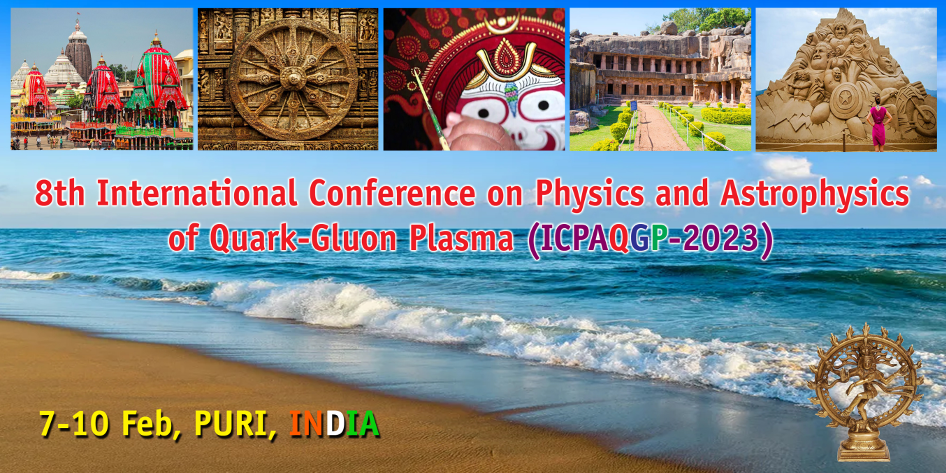Speaker
Dr
Aman Abhishek
(Institute of Mathematical Sciences)
Description
Lattice QCD has provided accurate information at zero baryon density. Lattice QCD is also used at small baryon densities using Taylor expansion of pressure. The agreement between QMHRG and Lattice QCD for pressure and second order chiral susceptibility is good. However there are significant differences between QMHRG and Lattice prediction of higher order susceptibilities. Also at finite density the difference are significant. This suggests importance of non-resonant interactions in QCD thermodynamics. Also the most appropriate hadronic model that describes the confined phase of QCD should be ubiquitous, irrespective of the thermodynamic conditions.
We have chosen hadronic models which are well constrained from the neutron star merger data and nuclear matter properties. We have calculated susceptibilities upto fourth order subject to constraints $n_Q/n_B=0.4, n_S=0$ and $\mu_Q=\mu_S=0$. Comparision with Lattice Data at finite density shows repulsive interactions due to omega meson play important role in bridging the gap between QMHRG and Lattice QCD. This is an alternative approach to VDW-HRG models where repulsion is introduced using phenomenological parameters.
Using energy density of QCD crossover transition at zero baryon density, attempt has also been made to explore the phase diagram of QCD. Constraint is put on the location of QCD critical point for .8<T/T$_0$<.85 and the baryon density for transition at high density and low temperature relevant for neutron star.
Primary authors
Dr
Aman Abhishek
(Institute of Mathematical Sciences)
Dr
Sayantan Sharma
(Institute of Mathematical Sciences)

